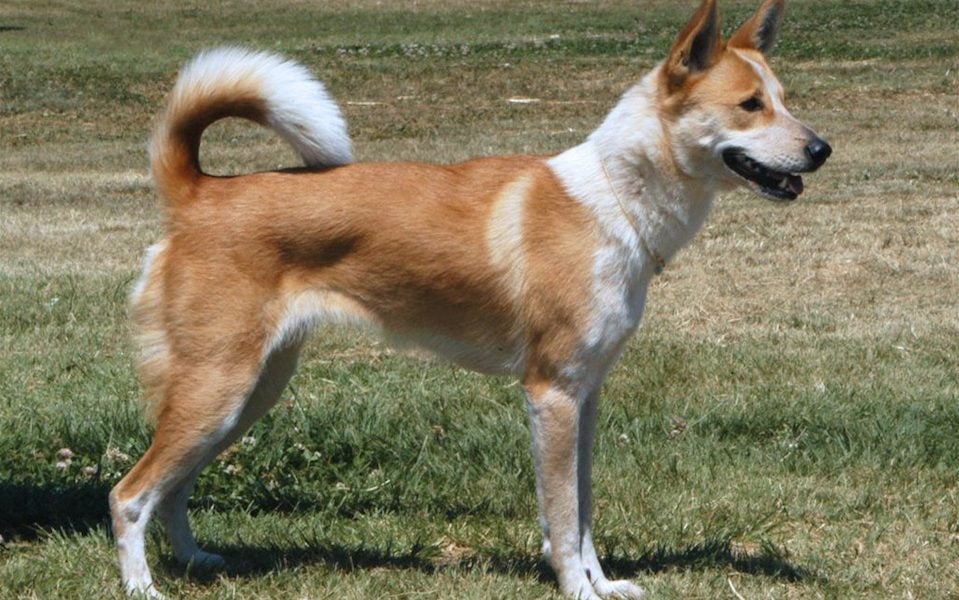
Like most things in the Middle East, Israel’s national dog breed—the Canaan dog—has been around for a very, very long time. Adorably occupying an ecological niche based on waste from humans, these dogs are pretty much as canonized as it gets.
According to archaeologists, pretty much anytime a dog was mentioned in the Torah, the reference was to the Canaan dog. And evidence bears this out: First-century rock carvings in Sinai show the pup in its biblical splendor—and, in 1987, the largest dog cemetery in the ancient world was unearthed in Ashkelon, revealing 700 Canaan dog skeletons dating back 2,500 years.
Though the nationally-recognized breed numbers between only 2,000 to 3,000 in the world today, we can thank the fact of their continuing survival to Viennese cynologist (“dogologist,” in more fun parlance) Dr. Rudolphina Menzel.
In the 1930s, Dr. Menzel was asked by the Haganah, the paramilitary Jewish forces of pre-State Israel, to build a service dog organization. Finding standard breeds inadequate for complicated tasks, she turned to the pariah doggy for training and breeding, relying on their strong survival instincts. Years later, an American immigrant named Myrna Shibboleth created Jerusalem’s famous, former Shaar Hagai Kennel, which she ran for forty years — and wrote about — until losing her lease earlier this year.
These days, you can find Canaan dogs at the edges of Bedouin camps in the desert, in the homes of choosy Tel Avivians—or, of course, on the award podium.
Photo: www.biopet.co.il
JTA has documented Jewish history in real-time for over a century. Keep our journalism strong by joining us in supporting independent, award-winning reporting.





